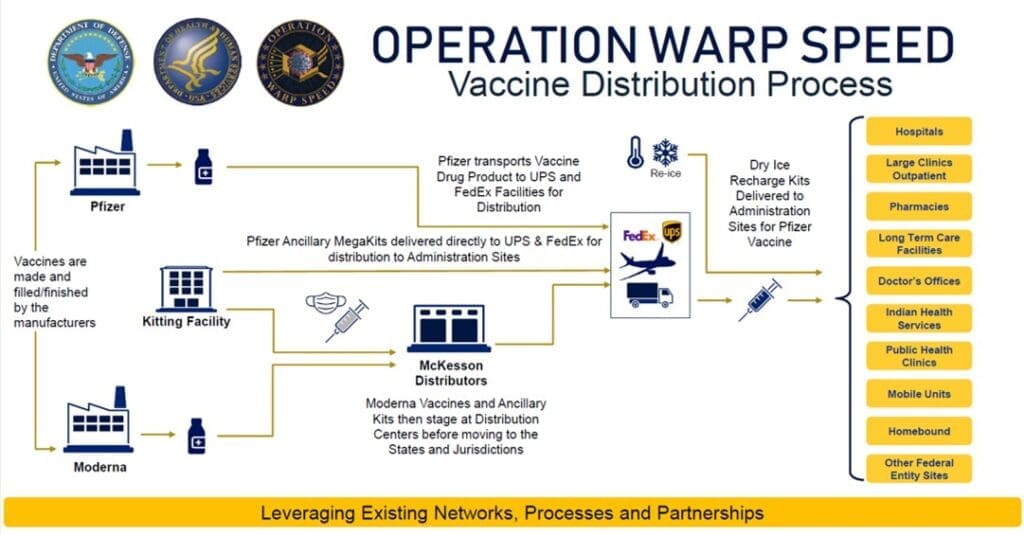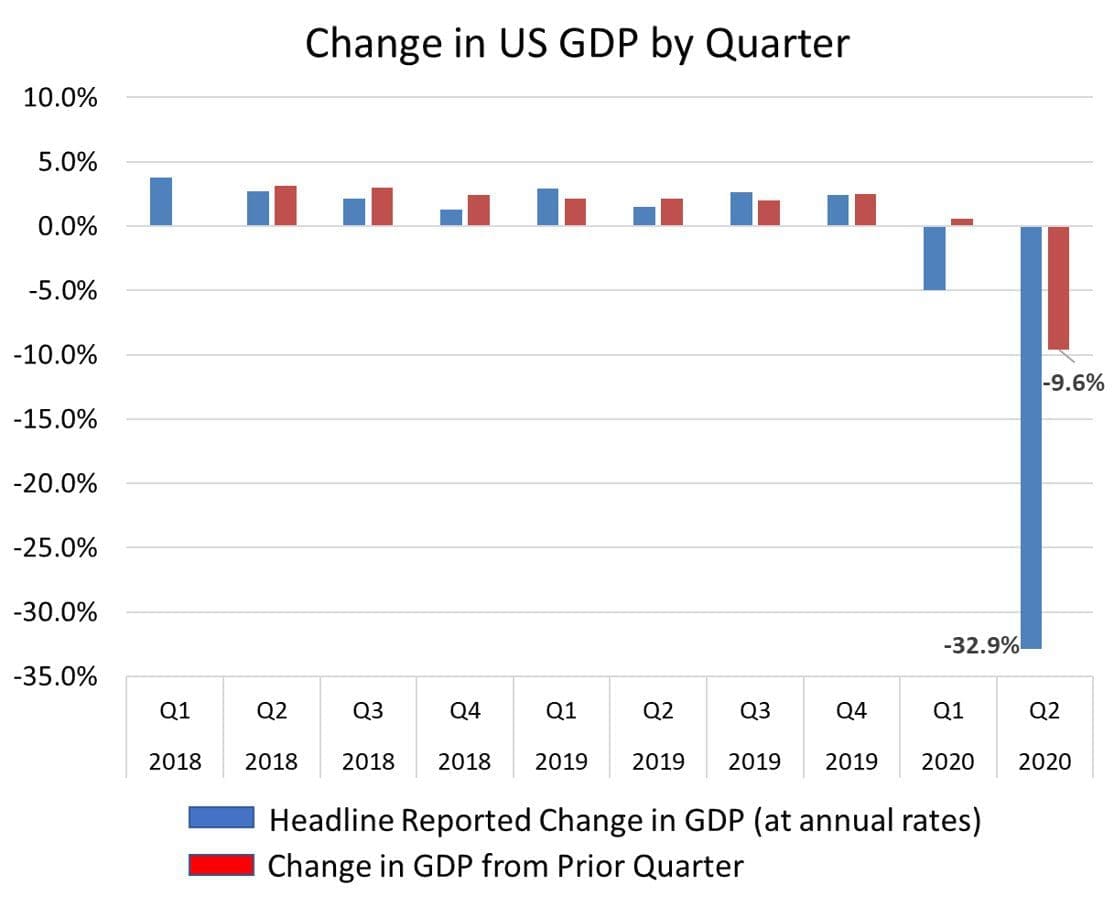 Hitting an unanticipated curveball is arguably one of the most difficult tasks in sports. In fact, people commonly use it as a metaphor in business situations “I didn’t meet the deadline. They threw me a curveball.” The analogy rests on the difficulty of adjusting to a curve when anticipating a fastball. Proper positioning, mechanics, and responsiveness are required to successfully adjust to the pitch. I thought of this analogy when speaking with warehouse management system (WMS) suppliers during this year’s global WMS market study. WMS suppliers were well positioned to support their customers with the adaptations required to meet the abrupt change in fulfillment requirements driven by the Covid-19 pandemic.
Hitting an unanticipated curveball is arguably one of the most difficult tasks in sports. In fact, people commonly use it as a metaphor in business situations “I didn’t meet the deadline. They threw me a curveball.” The analogy rests on the difficulty of adjusting to a curve when anticipating a fastball. Proper positioning, mechanics, and responsiveness are required to successfully adjust to the pitch. I thought of this analogy when speaking with warehouse management system (WMS) suppliers during this year’s global WMS market study. WMS suppliers were well positioned to support their customers with the adaptations required to meet the abrupt change in fulfillment requirements driven by the Covid-19 pandemic.
Order Fulfillment Changes and Challenges
During my discussions with WMS suppliers, the pandemic related changes and challenges they and their customers experienced generally fell into three categories – sudden order fulfillment channel transitions, rapid order throughput increases, and WMS implementation constraints and system reconfigurations.
The year 2020 was far from static. In most geographic regions, the year began “normally” and then business activity halted in the spring. And this occurred across industries. Thereafter, changes diverged significantly. Companies in some industries took a wait and see approach, while others experienced a sudden and intense sense of urgency to adapt fulfillment processes immediately to meet the almost overnight shift in demand patterns. These changes ranged from a sudden shift from in store to e-commerce business, and in other cases this transition included a spike in overall demand as well. In some situations, overall demand may have remained flat or even declined, but that demand needed to be fulfilled from different locations through different channels.
Order Fulfillment Channel Transitions
Government mandated restrictions on brick-and-mortar business operations, social distancing requirements, and lock-downs greatly limited consumers and business’ ability to conduct commerce. Therefore, businesses were required to adjust their fulfillment operations to circumvent these constraints. Omni-channel retailers have facilities dedicated to direct-to-consumer fulfillment and others responsible for retail store replenishment. The sudden drop in retail store sales in conjunction with the rapid increase in e-commerce caused a shortage of direct-to-consumer fulfillment capacity and a surplus of retail store replenishment capabilities.
Many companies addressed this imbalance by augmenting or completely changing their replenishment DCs to e-commerce fulfillment centers. According to product management at Manhattan Associates, many of these companies needed to adjust their WMS on the fly to facilitate the process changes within these distribution centers. Most notably, picking processes were changed significantly. For example, the prior process of 100 unit bulk picks with 10 units going to each store was replaced with an individual item pick-to-tote process followed by direct-to-consumer packing station processes. This was a change in processes as well as a change in load size and material handling requirements. In another example, KNAPP helped one of its drug store retail customers transition a cross-dock facility into an e-commerce fulfillment center. This change provided a quick way to establish microfulfillment capabilities to a local market.
For many retailers, the closure of retail locations to public foot traffic encouraged them to utilize these locations differently. KNAPP noted that one its retailer clients would ship e-commerce orders from the DC to the store locations for customer pick-up (click and collect process). Or alternatively, the retailer would use the store as a load and departure location for home delivery service. This allowed the retailer to leverage its retail proximity to customers.
Rapid Order Increases
Companies in select industries experienced a rapid spike in overall demand. The pandemic created, almost overnight, a market for direct-to-consumer shipping of some high-end, luxury goods. For example, Made4Net noted the increase in direct-to-consumer fulfillment of seafood, steaks and other gourmet foods. Similarly, Made4Net witnessed an increase in direct-to-consumer sales of high-end kitchen tools and utensils that previously were sold only through brick-and-mortar channels. Korber WMS customers selling home furnishings, and those selling outdoor sporting goods, also experienced rapid increases in product demand. One Korber customer addressed this increase with a scalable autonomous mobile robot (AMR) deployment that can flex along with seasonal volume peaks. KNAPP also mentioned an online apparel retailer that experienced an extended period of peak demand, resulting in extended periods of peak workloads and a need to work in a resilient manner.
WMS Implementations and Reconfigurations
Travel restrictions, building capacity limitations, and social distancing requirements exerted a constraint on the ability to conduct on-site consulting and implementations of WMS and other warehouse technologies. KNAPP noted that onsite work restrictions in the Spring of 2020 were a challenge. Many of KNAPP’s software projects require the testing of software interfaces with automation or other software. And this caused delays. Furthermore, country to country travel restrictions limited the ability of KNAPP consulting resources to travel to customer locations. KNAPP responded by using local resources from KNAPP along with customer resources and an increase in digital implementations. Also, there was often an increased sense of urgency to get projects completed and productive. Manhattan Associates noted a new site implementation for a company that was experiencing peak demand levels. It is customary to gradually increase volumes in a new WMS deployment to assure a smooth transition. However, in this case an aggressive ramp-up was required to meet the customer’s urgent business needs.
Final Word
The Covid-19 pandemic accelerated the transition from brick-and-mortar retail to e-commerce, but also solidified the role of omni-channel commerce and reinforced its role in risk mitigation, reducing the likelihood of a single point of failure and extending channel choices to consumers. It furthered the importance of resilient and responsive supply chains, and also reinforced the value of decentralized distribution networks. Furthermore, as Logistics Reply noted, the pandemic also elevated the importance of visibility solutions extending beyond the four walls of the distribution center. Finally, as Jungheinrich expressed to us, these trends also reinforced the importance of warehouse automation and overall digital supply chain initiatives.





















